1-Octanol

1-Octanol structure
|
Common Name | 1-Octanol | ||
|---|---|---|---|---|
| CAS Number | 111-87-5 | Molecular Weight | 130.22800 | |
| Density | 0.827 g/mL at 25 °C(lit.) | Boiling Point | 196 °C(lit.) | |
| Molecular Formula | C8H18O | Melting Point | −15 °C(lit.) | |
| MSDS | Chinese USA | Flash Point | 178 °F | |
| Symbol |

GHS07 |
Signal Word | Warning | |
Use of 1-Octanol1-Octanol (Octanol), a saturated fatty alcohol, is a T-type calcium channels (T-channels) inhibitor with an IC50 of 4 μM for native T-currents[1]. 1-Octanol is a highly attractive biofuel with diesel-like properties[2]. |
| Name | octan-1-ol |
|---|---|
| Synonym | More Synonyms |
| Description | 1-Octanol (Octanol), a saturated fatty alcohol, is a T-type calcium channels (T-channels) inhibitor with an IC50 of 4 μM for native T-currents[1]. 1-Octanol is a highly attractive biofuel with diesel-like properties[2]. |
|---|---|
| Related Catalog | |
| Target |
T-type calcium channel:4 μM (IC50) Human Endogenous Metabolite |
| In Vitro | 1-octanol inhibits native T-currents at subanesthetic concentrations with an IC50 of approximately 4 μM. In contrast, 1-octanol is up to 30-fold less potent in inhibiting recombinant CaV3.3 T-channels heterologously expressed in human embryonic kidney cells[1]. |
| References |
| Density | 0.827 g/mL at 25 °C(lit.) |
|---|---|
| Boiling Point | 196 °C(lit.) |
| Melting Point | −15 °C(lit.) |
| Molecular Formula | C8H18O |
| Molecular Weight | 130.22800 |
| Flash Point | 178 °F |
| Exact Mass | 130.13600 |
| PSA | 20.23000 |
| LogP | 2.33920 |
| Vapour density | 4.5 (vs air) |
| Vapour Pressure | 0.14 mm Hg ( 25 °C) |
| Index of Refraction | n20/D 1.429(lit.) |
| Stability | Stable. Flammable. Incompatible with strong oxidizing agents. |
| Water Solubility | insoluble |
CHEMICAL IDENTIFICATION
HEALTH HAZARD DATAACUTE TOXICITY DATA
MUTATION DATA
|
| Symbol |

GHS07 |
|---|---|
| Signal Word | Warning |
| Hazard Statements | H319-H412 |
| Precautionary Statements | P273-P280-P305 + P351 + P338-P337 + P313 |
| Personal Protective Equipment | Eyeshields;full-face respirator (US);Gloves;multi-purpose combination respirator cartridge (US);type ABEK (EN14387) respirator filter |
| Hazard Codes | Xi:Irritant |
| Risk Phrases | R36/38 |
| Safety Phrases | S26-S36/37-S37/39 |
| RIDADR | 3082 |
| WGK Germany | 1 |
| RTECS | RH6550000 |
| Packaging Group | III |
| Hazard Class | 9 |
| HS Code | 2905161000 |
| Precursor 10 | |
|---|---|
| DownStream 10 | |
| HS Code | 2905161000 |
|---|
|
Acetonitrile adduct formation as a sensitive means for simple alcohol detection by LC-MS.
J. Am. Soc. Mass Spectrom. 25(11) , 1987-90, (2014) Simple alcohols formed protonated acetonitrile adducts containing up to two acetonitrile molecules when analyzed by ESI or APCI in the presence of acetonitrile in the solvent. These acetonitrile adduc... |
|
|
Determination of low levels of benzodiazepines and their metabolites in urine by hollow-fiber liquid-phase microextraction (LPME) and gas chromatography-mass spectrometry (GC-MS).
J. Chromatogr. B. Analyt. Technol. Biomed. Life Sci. 975 , 24-33, (2014) In this study, it is shown a method for the determination of benzodiazepines and their main metabolites in urine samples by hollow-fiber liquid-phase microextraction (LPME) in the three-phase mode. In... |
|
|
The EpiOcular Eye Irritation Test (EIT) for hazard identification and labelling of eye irritating chemicals: protocol optimisation for solid materials and the results after extended shipment.
Altern. Lab. Anim. 43 , 101-27, (2015) The 7th Amendment to the EU Cosmetics Directive and the EU REACH Regulation have reinforced the need for in vitro ocular test methods. Validated in vitro ocular toxicity tests that can predict the hum... |
| Alfol 8 |
| [14C]-n-Octanol |
| caprylic |
| MFCD00002988 |
| Capryl alcohol |
| EINECS 203-917-6 |
| caprylic alcohol |
| Lorol 20 |
| n-octyl alcohol |
| sipoll8 |
| OCTANOL |
| Octilin |
| Epal 8 |
 CAS#:111-11-5
CAS#:111-11-5 CAS#:1369416-85-2
CAS#:1369416-85-2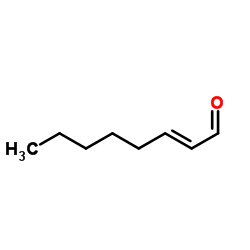 CAS#:2548-87-0
CAS#:2548-87-0 CAS#:1118-92-9
CAS#:1118-92-9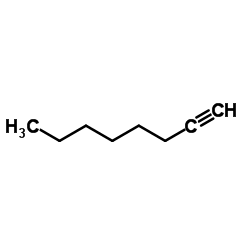 CAS#:629-05-0
CAS#:629-05-0 CAS#:6998-10-3
CAS#:6998-10-3 CAS#:3208-43-3
CAS#:3208-43-3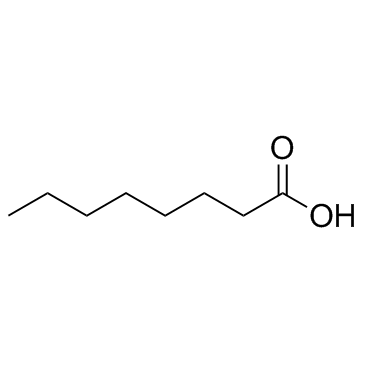 CAS#:124-07-2
CAS#:124-07-2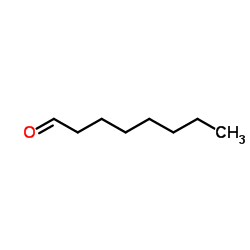 CAS#:124-13-0
CAS#:124-13-0 CAS#:92976-53-9
CAS#:92976-53-9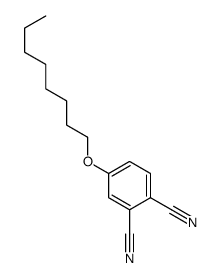 CAS#:106144-21-2
CAS#:106144-21-2 CAS#:104483-29-6
CAS#:104483-29-6 CAS#:100386-17-2
CAS#:100386-17-2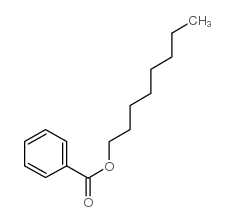 CAS#:94-50-8
CAS#:94-50-8 CAS#:10348-34-2
CAS#:10348-34-2 CAS#:104483-19-4
CAS#:104483-19-4 CAS#:109-36-4
CAS#:109-36-4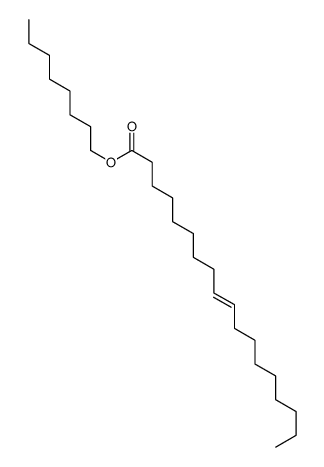 CAS#:32953-65-4
CAS#:32953-65-4 CAS#:67-56-1
CAS#:67-56-1 CAS#:1071-67-6
CAS#:1071-67-6
